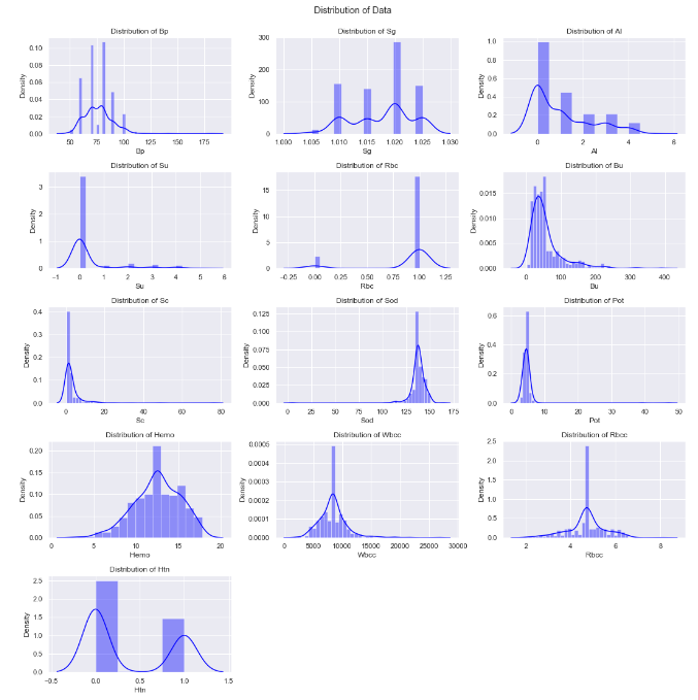A Comparative Analysis of Machine Learning Models for Prediction of Chronic Kidney Disease
Main Article Content
Abstract
Prediction of chronic kidney disease (CKD) has emerged as a useful technique for early detection of at-risk persons and the introduction of appropriate management strategies. Machine learning and data-driven methods have been used in predictive modeling to examine massive databases of patient demographics, medical histories, test findings, and genetic information. These cutting-edge methods allow for the profiling of high-risk patients and the tailoring of healthcare administration approaches. Patient outcomes, complication rates, and healthcare system efficiency may all benefit greatly from CKD screening and prediction. Responsible use of CKD prediction algorithms, however, requires resolving issues with data availability, integration, and ethics. The area of medicine has benefited greatly from the use of Machine Learning (ML) methods, which have played an increasingly central role in illness prediction. In this study, we use a strategy that makes use of ML methods to construct effective tools for predicting the development of CKD. Multiple ML models are trained, and their results are compared using a variety of criteria. We applied five ML methods such as logistic regression (LR), Decision tree (DT), random forest (RF), support vector machine (SVM), and k-nearest neighbor (KNN). The LR and KNN have the highest accuracy with 99%.
Downloads
Article Details

This work is licensed under a Creative Commons Attribution 4.0 International License.





